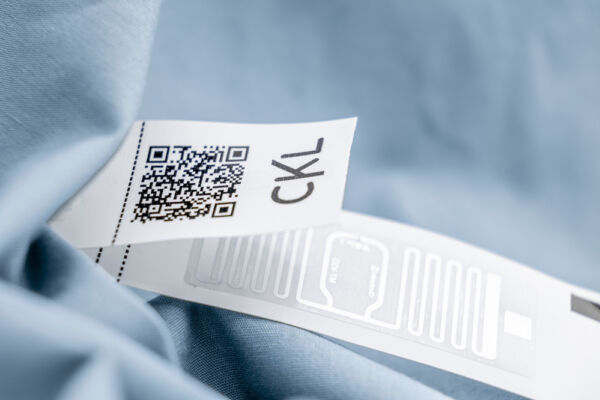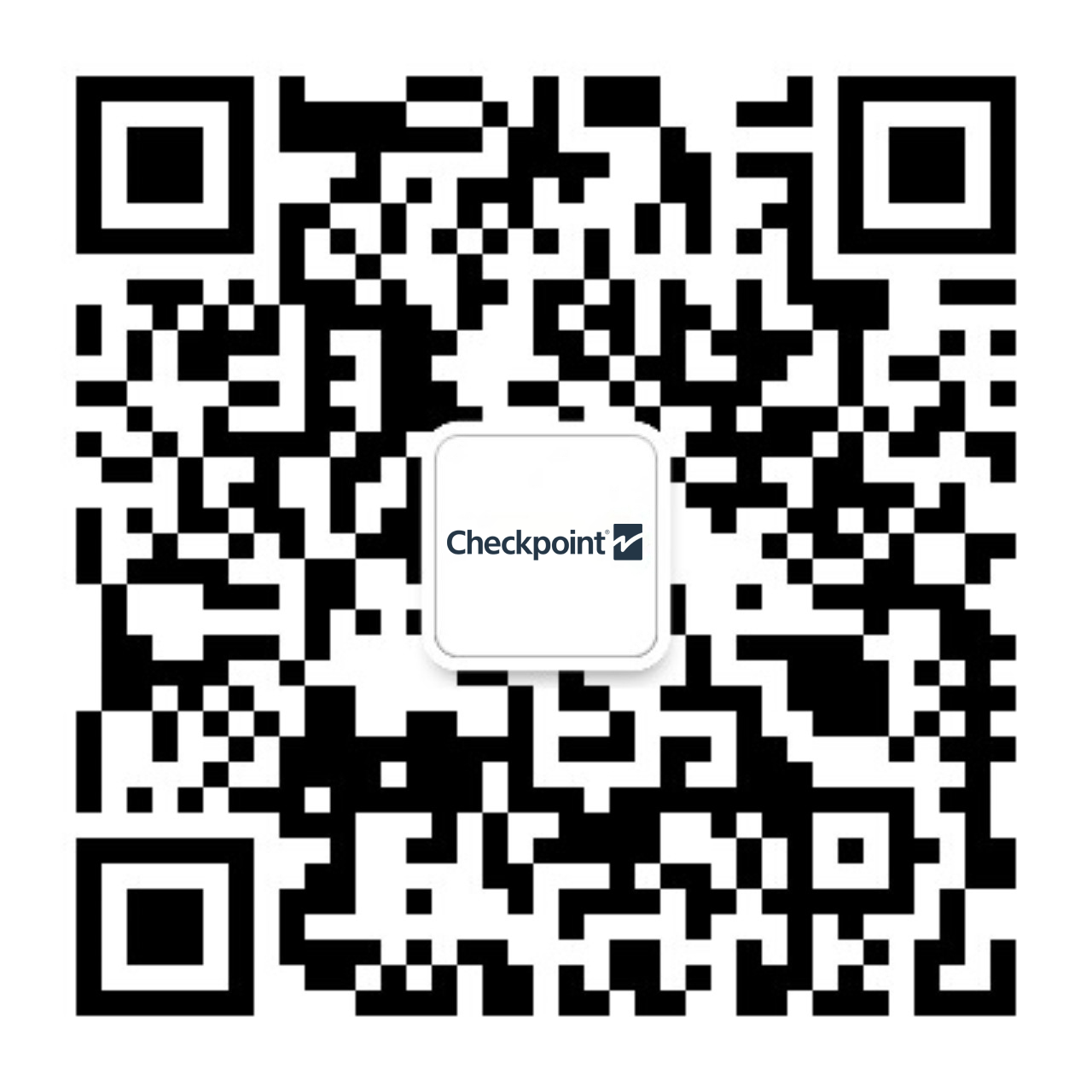零售科技革命正以惊人速度向我们呼啸而来。随着《数字产品护照》(DPP)法规目前定于2028年生效,全球零售商正面临一项庞大而艰巨的标签系统升级工程。而这一变革来得恰逢其时——消费者的购物习惯与偏好正日益趋向沉浸式、个性化及科技驱动的体验。无论从哪个角度看,交互式标签都已成为必选项。
这引出一个关键问题:当您为符合DPP法规升级标签系统时,该如何选择适合的零售互动科技?哪种技术能创造最大价值、契合品牌调性、满足客户需求并提升参与度?我们的标签专家将分享三大决策要点。
零售科技革命:DPP法规、消费者互动与未来趋势
为服装标签引入零售科技已不是"是否要做"而是"何时行动"的问题。即将实施的《数字产品护照》(DPP)法规要求,所有进入欧盟市场的产品都必须配备唯一数字标识——通过可扫描的"DPP载体标签"(即包含产品全生命周期可持续性信息的交互式标签)向消费者传递数据。
合规改造意味着服装标签必须升级为可连接数字信息的交互系统。目前业界主要考虑两种DPP载体技术:二维码与NFC芯片。
二维码标签凭借智能手机摄像头即可扫描,是成本较低且易于部署的方案;NFC标签虽然造价更高,但能提供更强的定制化功能与互动体验,部分消费者认为其操作更为便捷。值得注意的是,DPP法规虽是推动零售业标签交互化的催化剂,品牌商采纳该技术还有更多深层考量。
零售科技能轻松创造卓越的购物体验——例如将手机可扫描的NFC技术与RFID精准库存系统结合,消费者既可查询关联商品,也能直接下单实体店缺货的尺码或颜色,选择配送到家或到店自提。而这仅仅是冰山一角!

虽然二维码和NFC芯片在技术上都是有效的零售科技方案,但若在项目规划中忽视无障碍设计,可能导致投资回报大打折扣。为确保所有消费者都能顺畅使用,选择技术时需重点考量以下三大要素。
Accessible labels: 3 things to consider when assessing retail tech
1. Target customers
The first and most important consideration should be your target customers. The aim of DPP legislation (and indeed, the whole customer engagement bit!) is to give quick and easy access to sustainability information. Although QR codes represent the more affordable option and are easy to produce at scale, they might be tricky for your customers to use or even see.
Before you start planning how to integrate retail tech into your labels, you could send out a customer survey to get intel directly from your most loyal and long-term shoppers. You could also deep dive into your customer data, analyze their shopping habits and see if you can identify which tech option would best suit them. Could you modify the labels to give more explicit instructions, add braille, introduce color QR codes, or adapt in-store signage to help? It's all worth considering!
2. Product type
Your choice of retail tech might also be dictated by the products you’re tagging. For maximum accessibility, your interactive labels should be easy to spot, scan, and feel intuitive in their placement. For DPP legislation, your label should also withstand wear and tear and be scannable even after washing.
How much space do you have to work with? Do you need larger QR codes for visually impaired shoppers, or are you tagging a small space that would benefit from a specialist inlay? These are all considerations your labeling partner can help with.

Read: The ultimate RFID tagging guide – best practices for general merchandise
3. Long-term business plan
Are you using your retail tech purely for DPP legislation, or do you want to get more ROI from your investment by upgrading to unlock a ton of additional intelligent labeling benefits? If you are choosing to utilize the tech for more than just DPP compliance, where might you take it in the future and which tech is best suited to help you get there? It's all worth considering!
It's also a good idea to consider your brand and values when making your choice. How will this evolve, and how might your retail tech choice add to that journey? When putting down a huge investment of time and money in a labeling project, you want to make sure you've made a future-proof choice. This also includes looking into new innovations that can help make the interactive experience more accessible to your customers. Do you need an option that gives you space to evolve your approach without heavy disruption in the future?
Planning your accessible labeling project
When dealing with a labeling project of this size and complexity, you’ll want a knowledgeable, experienced party on board. A team that's rolled out multiple labeling projects over the decades and faced almost every challenge, roadblock, and complexity imaginable. We are, of course, referring to ourselves (but in a humble way).
Our team of apparel labeling experts at Checkpoint haven’t just been working with interactive retail tech for years but have also developed and manufactured it in-house. No two projects or clients are ever the same, which means we start from scratch each time, choosing a solution tailored to that client and their goals. Accessibility considerations can be baked into the process as a top goal, so you aren’t playing an expensive guessing game with the potential to isolate some shoppers from the interactive experience.
Reach out to our apparel labeling team today and find out more about accessibility considerations you may need to make for your brand labeling project. Our pros have seen it all and are happy to share what they know. Your new labels will be incredible — let’s make sure everyone can enjoy them!

